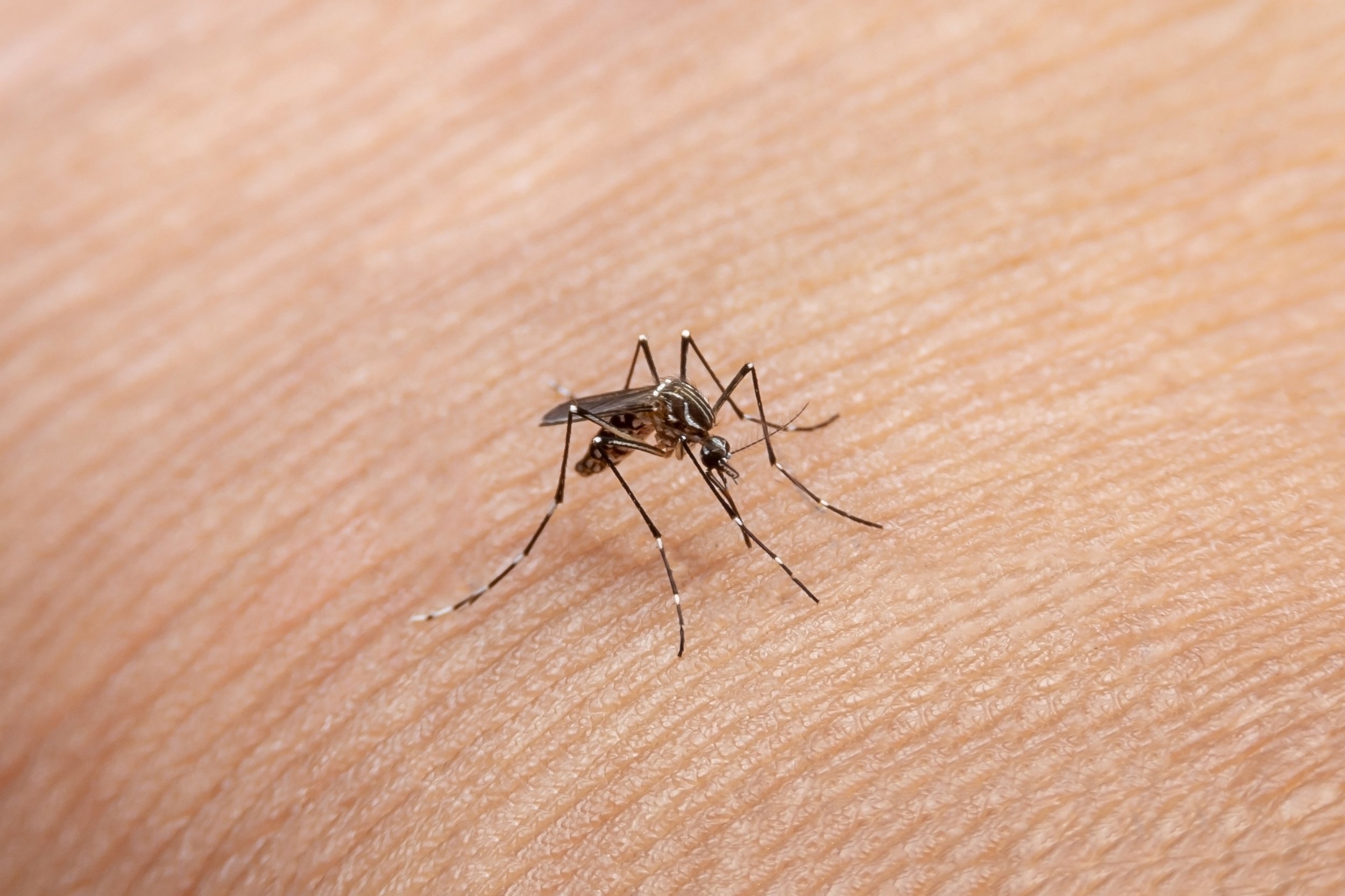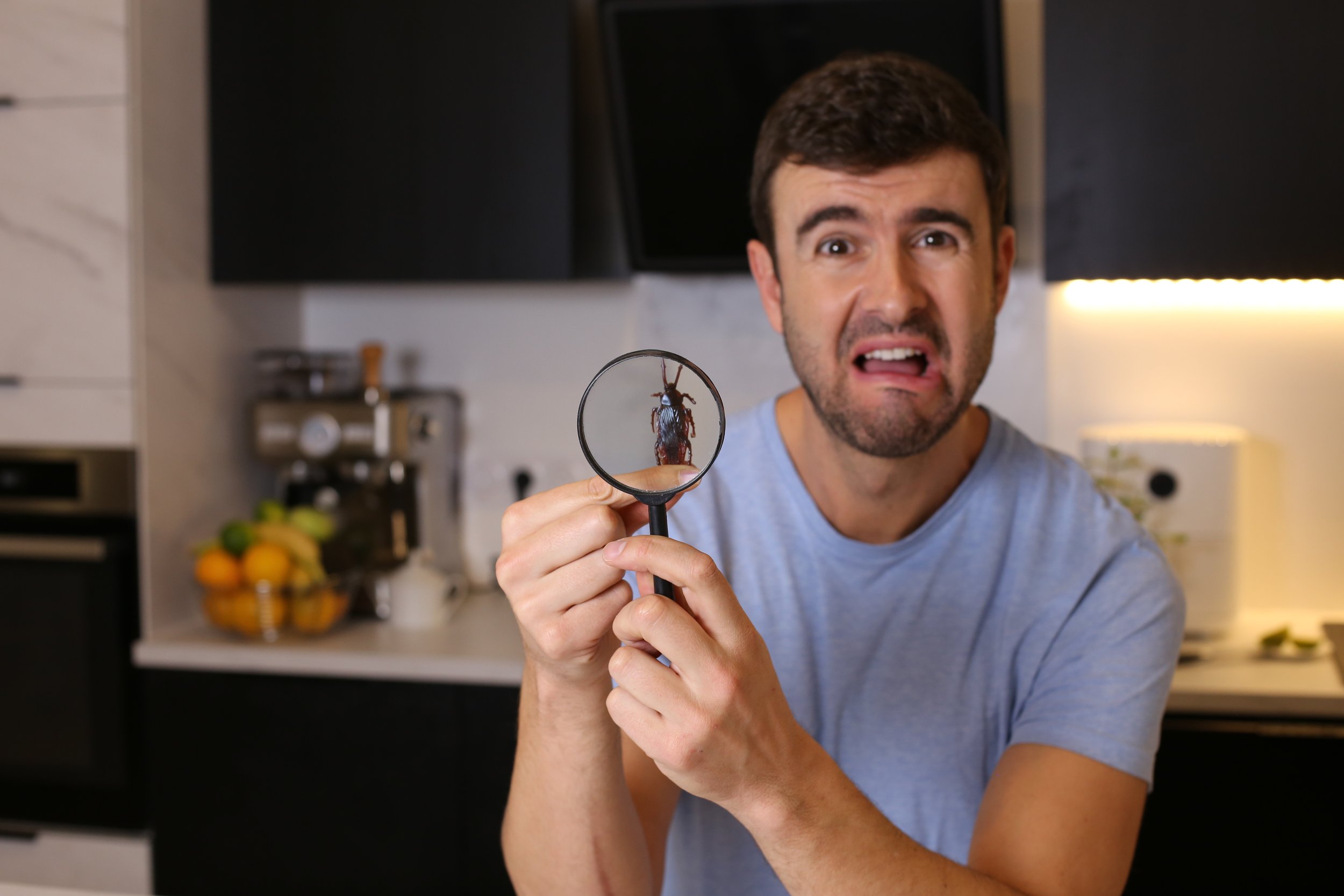10 Most Common Pest Infestations and How to Spot Them

JONATHAN GIORGI
Pest Control Specialist | Lic. #13597
Published on April 21, 2024
Pests are a subtle yet inevitable part of everyday life, often going unnoticed until they become a nuisance or hazard in our homes. In this guide, we cover the top 10 pest infestations you are likely to encounter in your home and how to spot them.
We detail each pest's appearance, size, color, and unique features to aid in identification. We also discuss their preferred environments and typical nesting locations, both inside and outside your home. Most importantly, we highlight the indicators and early warning signs of infestation, enabling you to detect and address these issues before they become a major problem.
Here are the top 10 pest infestations you are likely to encounter in your home:
Top 10 Pest Infestations
1. Ants
Identification: Ants are easily recognized by their three distinct body parts: the head, thorax, and abdomen, connected by a narrow waist. They have six legs and bent antennae. Sizes range from about 1/32 inch (Pharaoh ants) to 1/2 inch (Carpenter ants). Depending on the species, ants vary in color, typically appearing in shades of black, brown, reddish-black, and yellow.
Habitat/Nest/Dwelling Locations: Ants are adaptable, inhabiting both indoor and outdoor environments. Indoors, they are commonly found in kitchens, bathrooms, and other moist areas such as attics, crawl spaces, and near plumbing. Outdoors, ants often nest in the soil under stones, in lawns, or within mulch. Carpenter ants specifically tend to nest in wood, including in trees and wooden structures, often causing structural damage over time.
Signs of Infestation: The most obvious sign of an ant infestation is the presence of live ants in the house, particularly around food sources and moist areas. Early signs include scouting ants searching for food or water and tiny piles of dirt, debris, or sawdust on the floor from their nest-building behaviors. Ants can adapt quickly to available food and shelter, so any signs of their presence should prompt immediate action to prevent larger infestations.
2. Rodents (Rats & Mice)
Lorem ipsum dolor sit amet, consectetur adipiscing elit, sed do eiusmod tempor incididunt ut labore et dolore magna aliqua. Ut enim ad minim veniam, quis nostrud exercitation ullamco laboris nisi ut aliquip ex ea commodo consequat. Duis aute irure dolor in reprehenderit in voluptate velit esse cillum dolore eu fugiat nulla pariatur. Excepteur sint occaecat cupidatat non proident, sunt in culpa qui officia deserunt mollit anim id est laborum.
3. Cockroaches
Lorem ipsum dolor sit amet, consectetur adipiscing elit, sed do eiusmod tempor incididunt ut labore et dolore magna aliqua. Ut enim ad minim veniam, quis nostrud exercitation ullamco laboris nisi ut aliquip ex ea commodo consequat. Duis aute irure dolor in reprehenderit in voluptate velit esse cillum dolore eu fugiat nulla pariatur. Excepteur sint occaecat cupidatat non proident, sunt in culpa qui officia deserunt mollit anim id est laborum.
4. Flies (House Flies & Fruit Flies)
Lorem ipsum dolor sit amet, consectetur adipiscing elit, sed do eiusmod tempor incididunt ut labore et dolore magna aliqua. Ut enim ad minim veniam, quis nostrud exercitation ullamco laboris nisi ut aliquip ex ea commodo consequat. Duis aute irure dolor in reprehenderit in voluptate velit esse cillum dolore eu fugiat nulla pariatur. Excepteur sint occaecat cupidatat non proident, sunt in culpa qui officia deserunt mollit anim id est laborum.
5. Spiders
Lorem ipsum dolor sit amet, consectetur adipiscing elit, sed do eiusmod tempor incididunt ut labore et dolore magna aliqua. Ut enim ad minim veniam, quis nostrud exercitation ullamco laboris nisi ut aliquip ex ea commodo consequat. Duis aute irure dolor in reprehenderit in voluptate velit esse cillum dolore eu fugiat nulla pariatur. Excepteur sint occaecat cupidatat non proident, sunt in culpa qui officia deserunt mollit anim id est laborum.
6. Termites
Lorem ipsum dolor sit amet, consectetur adipiscing elit, sed do eiusmod tempor incididunt ut labore et dolore magna aliqua. Ut enim ad minim veniam, quis nostrud exercitation ullamco laboris nisi ut aliquip ex ea commodo consequat. Duis aute irure dolor in reprehenderit in voluptate velit esse cillum dolore eu fugiat nulla pariatur. Excepteur sint occaecat cupidatat non proident, sunt in culpa qui officia deserunt mollit anim id est laborum.
7. Bed Bugs
8. Fleas
9. Silverfish
10. Mosquitoes
Summary
Ants, rodents, cockroaches, flies, spiders, termites, bed bugs, fleas, silverfish, and mosquitoes are the ten most common infestations found in homes. Each of these pests invades homes in unique ways. Knowing the signs of infestation to look for is essential for early detection.
Whether it's a few ants in your kitchen, the subtle signs of termite damage, or the itchy bites of bed bugs, being aware of these symptoms can help you address infestations before they escalate into major problems.
Now It's Your Turn
If you suspect an infestation from one of the pests listed above, look for signs of activity. Once you have located a pest, identify it by its appearance, size, color, or unique features.
For insects that are nocturnal or prefer dark environments, such as bed bugs, silverfish, and roaches, place glue traps in areas where you suspect pest activity. For instance, with bed bugs, place glue boards around your bed frame, and for roaches, place them in the kitchen and bathroom.
This strategy will help you determine the specific pest infestation you are dealing with, enabling you to take the appropriate measures to eliminate it.
Author Bio: Jonathan Giorgi
Jonathan Giorgi is the founder of Pest Ninja. He is a second-generation pest control specialist with a Branch 2 pest control operator's license (#OPR13597) and more than a decade of experience. Jonathan's mission is to empower individuals to tackle pest problems themselves, equipping them with effective DIY solutions and safe, professional-grade products. Outside of work, he enjoys spending quality time with his wife, Cynthia, and their dog, Peanut, as well as reading, playing chess, staying fit, and watching entertaining TV series and movies.














